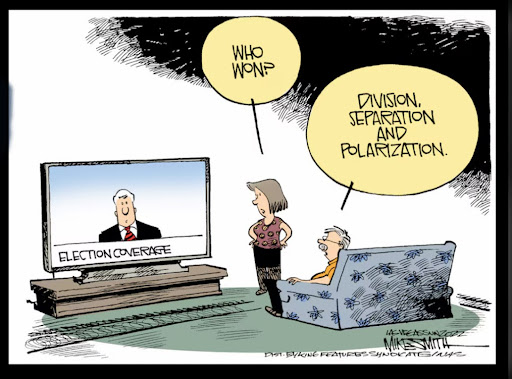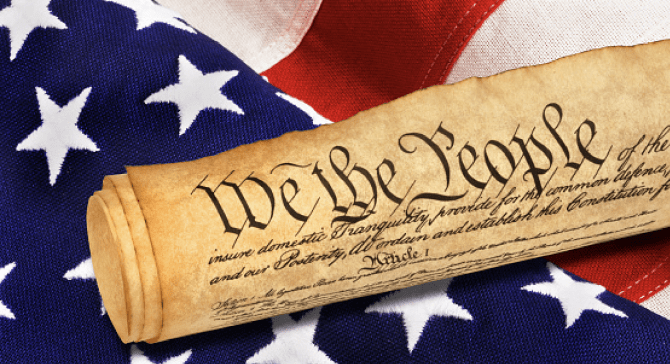Following the passage of the Civil Rights Acts in 1964 and 1965, compensations were made by our legal system in an attempt to achieve racial equity. In the months following, the Johnson administration legalized and embraced the idea and practice of affirmative action- the favoring of individuals regarded as disadvantaged or subject to discrimination. Affirmative action in the allocation of resources, employment, along with college admissions soon became fairly commonplace in the United States. It was not until 1978 that the policy was even questioned in the Regents of the University of California vs. Blakke. In this case, the Supreme Court came to a divided conclusion but ultimately ruled that the use of racial quotas in college admissions at universities was unconstitutional under the individual rights guaranteed by the Fourteenth Amendment.
Earlier this year, this ruling and the many that have followed again came under scrutiny. This time, it was Harvard University and the University of North Carolina that were closely examined. Despite neither university being found employing specific quotas, both were discovered to take race into serious consideration when admitting students to prevent a “dramatic drop-off” in the number of minorities accepted into their programs. Additionally, it was found that for students placed on a “lop list”, race is one of only six factors taken into account when deciding who is accepted or cut; and for students on the cusp of acceptance race is a determining factor 25% of the time. These policies create equity- not the equality of opportunity that our country was founded upon. Despite these two words sounding phonetically very similar, their meanings are entirely paradoxical. They are virtually incapable of coexistence, meaning that the promises made in the Constitution- that all men are created equal- are not being upheld as long as such policies are in place.
On June 29th of this year, the Supreme Court ruled that the practice of affirmative action in college admissions is unconstitutional under the Equal Protection Clause of the Fourteenth Amendment which states: “No State shall make or enforce any law which shall abridge the privileges or immunities of citizens of the United States; nor shall any State deprive any person of life, liberty, or property, without due process of law; nor deny to any person within its jurisdiction the equal protection of the laws”. Previous legalization was overturned on these grounds that this country was founded on equal opportunity despite skin color, religion, gender, or any other inconsequential factor, and that laws cannot compensate for anything that further disadvantages another citizen. Any law that discriminates and further divides our society is regressive, and no matter who it discriminates against is found to be unconstitutional.
All of this said, there are always legal loopholes that will undoubtedly be shamelessly exploited and more court cases that are sure to follow in a completely contradictory manner, and despite an ideological battle being fought- does it actually affect us as students who will be applying to colleges soon? The short answer is no. In the big scheme of things, organizations with as much power and autonomy as the American higher educational institutions will ultimately continue to enact whatever policies they see fit. They will make complete and total use of whatever “loophole” that can be found, and at the end of the day very few of us will ever be privy to what factors truly determine who is accepted or rejected from any given university. Yet, this precedent of a more highly enforced meritocracy in college admissions will give many more faith in the supposed fairness of the system and will hopefully inspire schools to act on this ideal of equality over equity.
Disclaimer: This is an opinion piece based on historical data from one or two sources. We will also be writing another view point coming next week!
Works Cited
“Justices.” Home – Supreme Court of the United States, www.supremecourt.gov/about/justices.aspx. Accessed 28 Aug. 2023.
Supreme Court of the United States, www.supremecourt.gov/opinions/22pdf/20-1199_hgdj.pdf. Accessed 29 Aug. 2023.
Sherman, Mark. “Divided Supreme Court Outlaws Affirmative Action in College Admissions, Says Race Can’t Be Used.” AP News, AP News, 29 June 2023, apnews.com/article/supreme-court-affirmative-action-college-race-f83d6318017ec9b9029b12ee2256e744.
“Affirmative Action Policies throughout History.” AAAED, www.aaaed.org/aaaed/History_of_Affirmative_Action.asp. Accessed 28 Aug. 2023.















